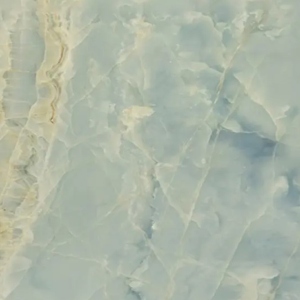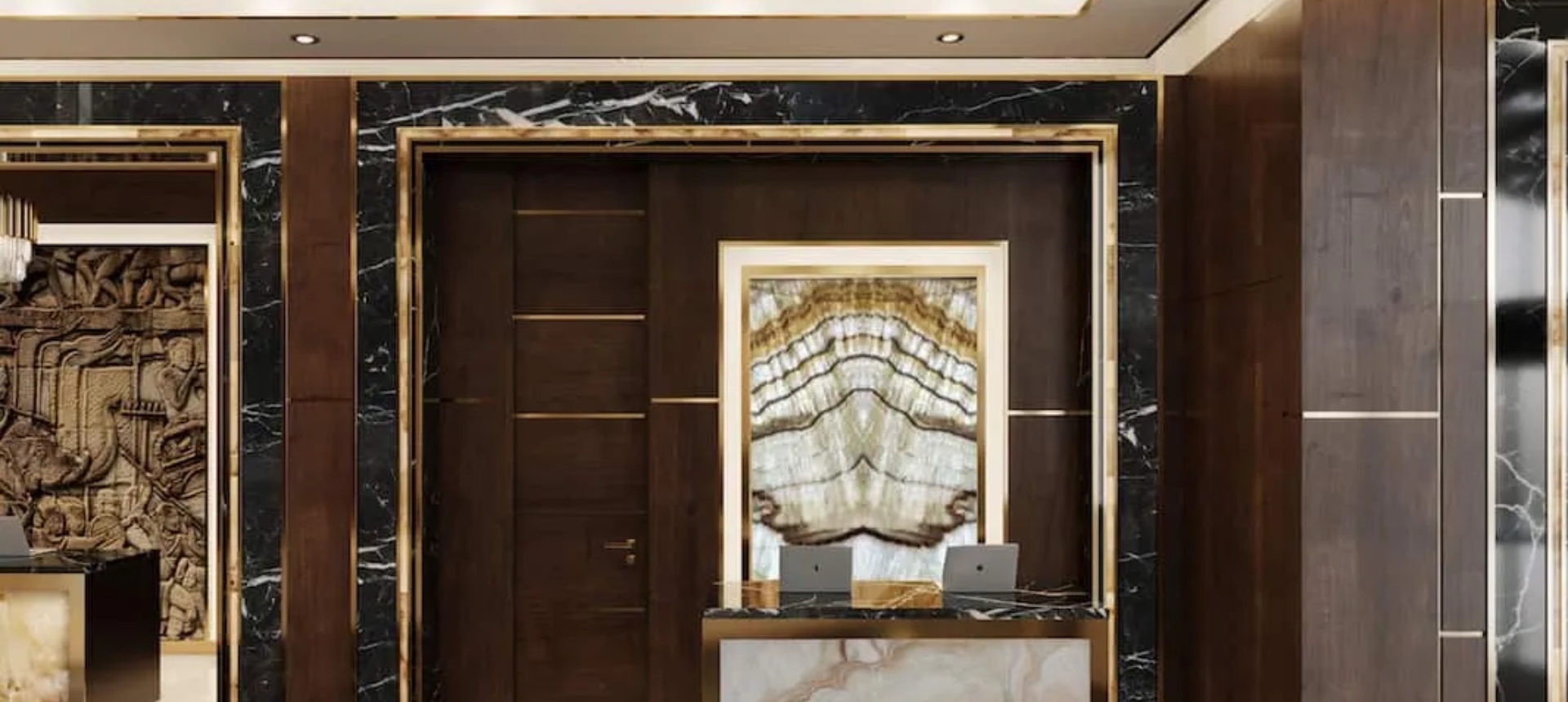
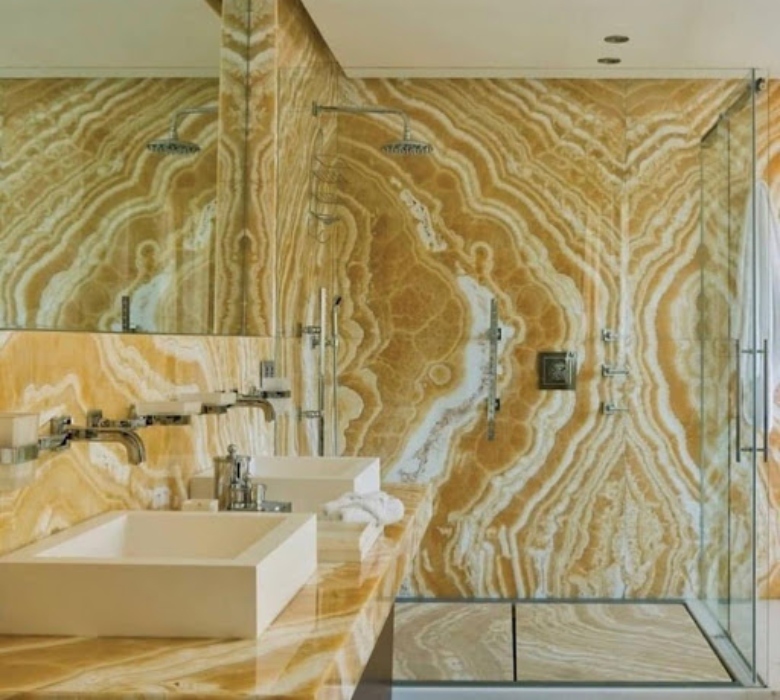
Onyx Producst
Onyx stone is the best and most expensive building and decorative stone in the world, which is available in different natural colors and designs. This stone is generally used in the floor, walls, and interior of the building. The origin of onyx is rooted in ancient myths. Greeks and Romans believed that Cupid clipped Venus’ nails at the banks of the Indus River. The goddess’ nails fell to the water and floated to the bottom where they were transformed into onyx. In fact, the word “onyx” means fingernail (or claw) in Greek. This may be a reference to its mythical origin or simply be an accurate description of the stone itself, as Onyx’s hallmark is its heavy mineral veining, drawn through the dark stone like fingernails.
Desirable features of Onyx according to the American standard (ASTM):
Water absorption coefficient --------------------------Maximum 0.05%
Specific weight -----------------------------------------------2.65-2.66 g/cm2
Compressive strength ----------------------------------- At least 701 kg/cm2
Tensile strength -------------------------------------------- At least 151 kg/cm2
Abrasion resistance -------------------------------------- 10
Today, we know much more about how onyx is formed. Like many natural stones, it is formed from layered deposits in warm springs and limestone caves. Over millions of years, fine calcite deposits build to create a smooth, translucent layer. Onyx is actually a form of marble, and as such, it is more fragile than other natural stones, like granite. That it is more susceptible to etching does not make it an underutilized stone, rather, it simply makes its uses more precious. Thoughtful application in modern design can make onyx a striking stone, particularly when we now know how beautiful this transparent stone is when backlit to showcase it – properly displayed under or over lit areas, one can appreciate the unique veining and the sometimes dozens of colors offered in one piece.
AVAILABLE PRODUCTS
Rosha Onyx
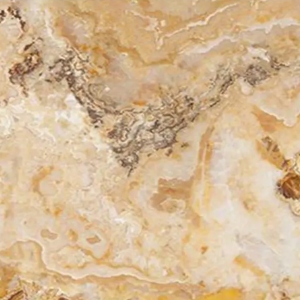
Kapochino Onyx
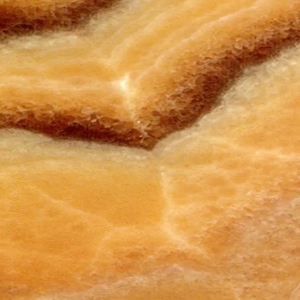
Romansi Onyx
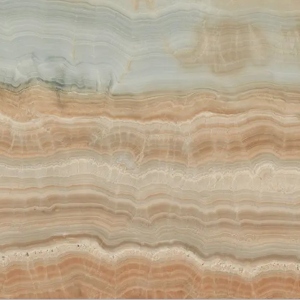
Sabz Onyx
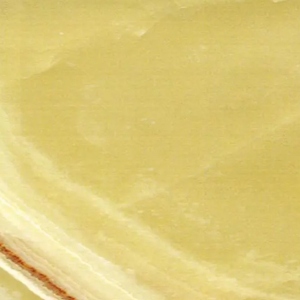
Qahweyee Onyx
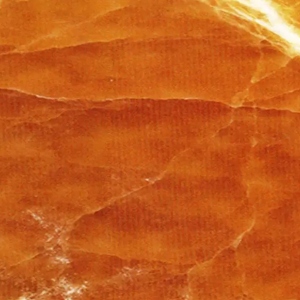
Portaqali Onyx
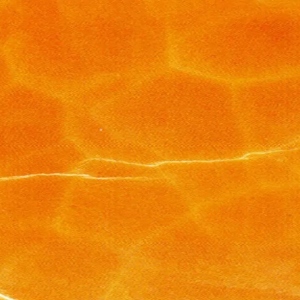
Sefid Onyx
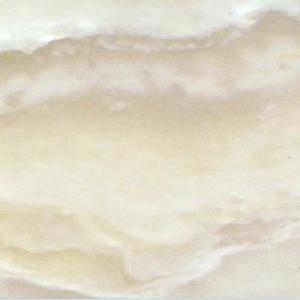
Asali Onyx
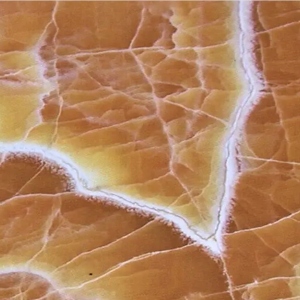
Rangin Kaman Onyx
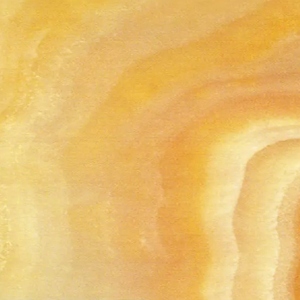
Tabas Onyx
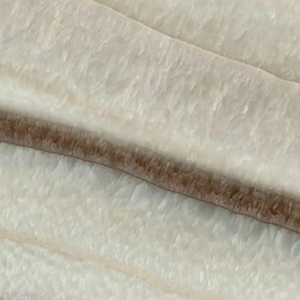
Soorati Onyx
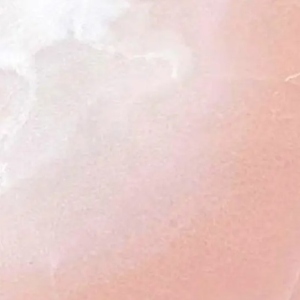
Abi Onyx
